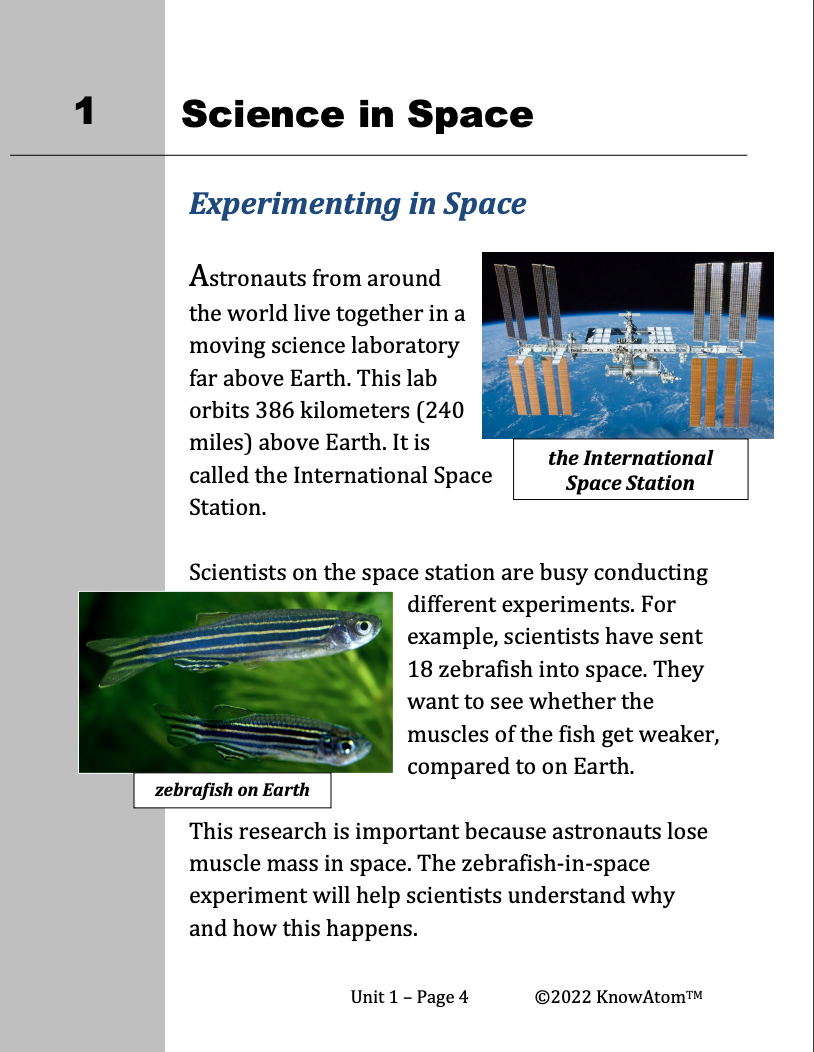
In this unit, students analyze the phenomena of matter, forces, and energy. In this lesson, they compare the effects of unbalanced versus balanced forces on objects. They then evaluate how matter interacts with and is changed by energy, which transfers from one object or system to another. This page showcases key components of this lesson.
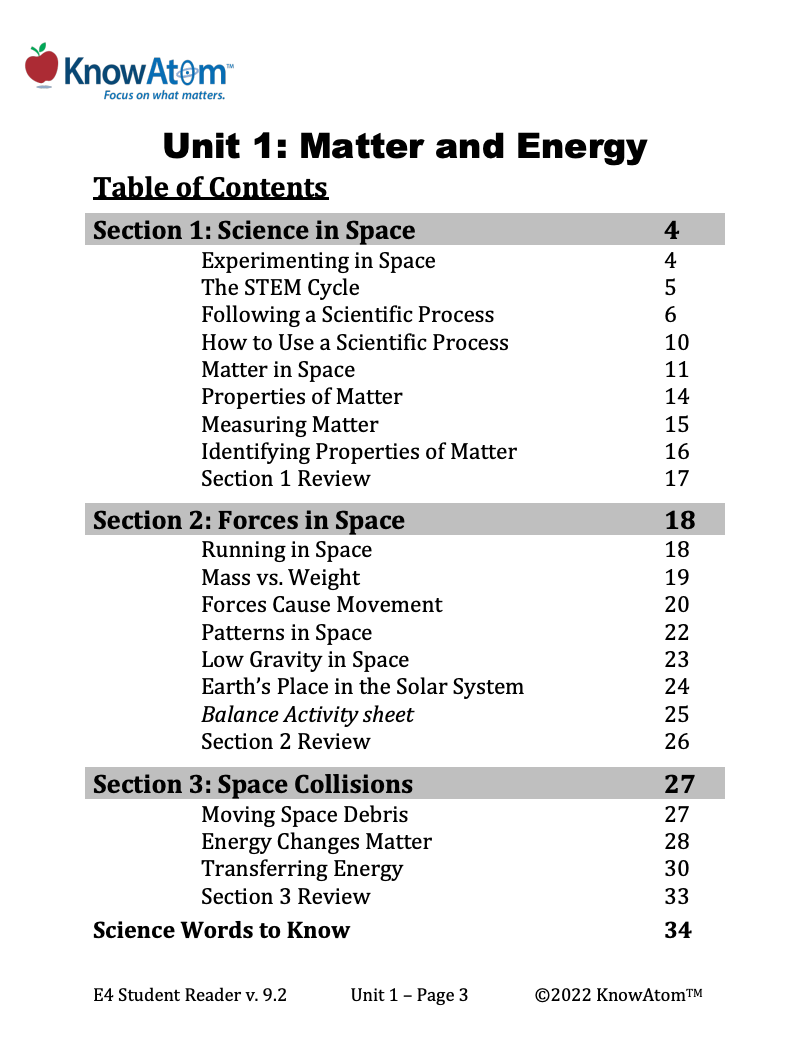
In this unit, students explore matter, forces, and energy. In this lesson, students evaluate the science phenomena of how matter interacts with and is changed by energy, which transfers from one object or system to another. This page is a high-level extract of the components of this lesson.
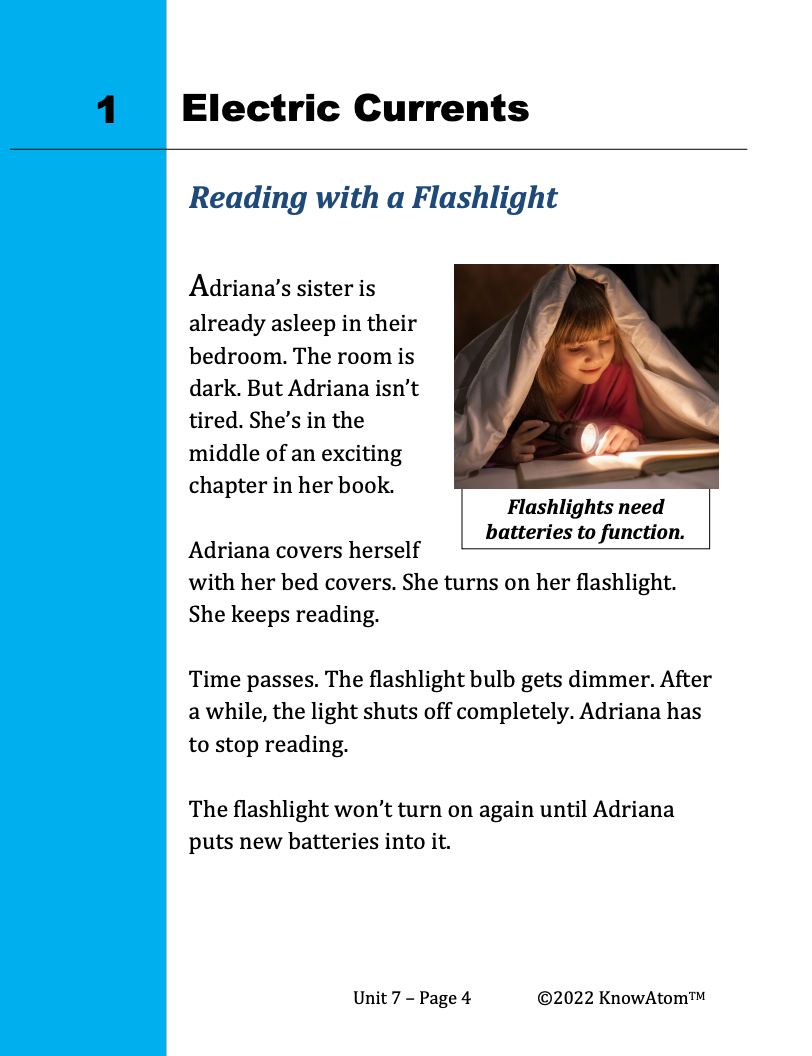
In this unit, students explore the science phenomena of how energy is transferred in a circuit to do work. In this lesson, students figure out the phenomena affecting the left and right movement of an electric car. This page is a high-level extract of this lesson.
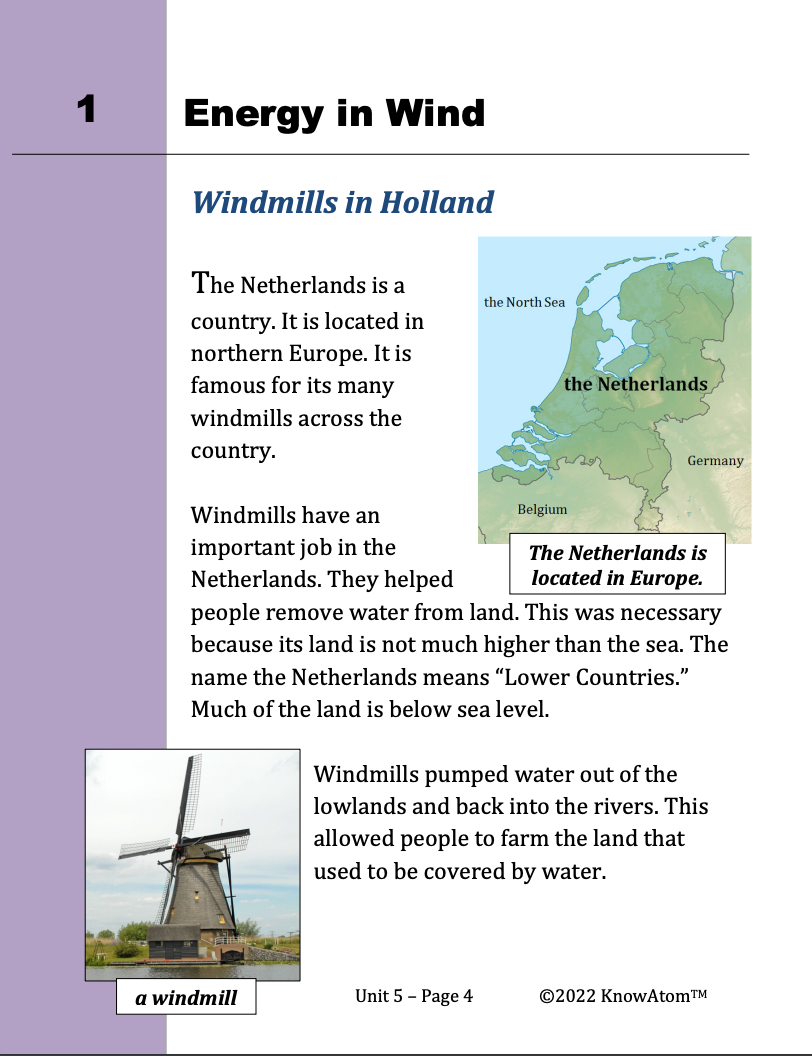
In this unit, students first use windmills to analyze how wind energy provides a force that causes windmills to turn. Then, in this lesson, they explore the science phenomenon of how patterns in motion can be used to predict future movements. This page provides a snapshot of key components of the lesson.
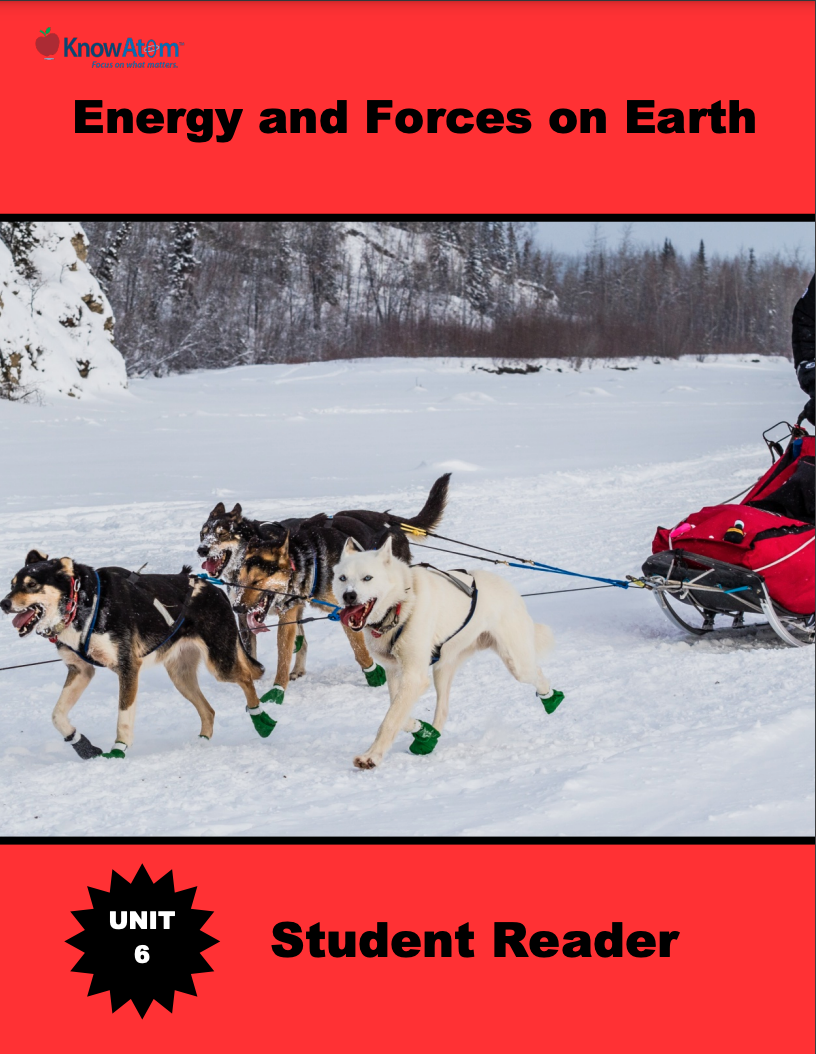
In this unit, students expand their understanding of the need for energy among living things to include non living energy systems. They build sleds to figure out how the phenomena of friction transfers energy out of systems. This page highlights components of this lesson.
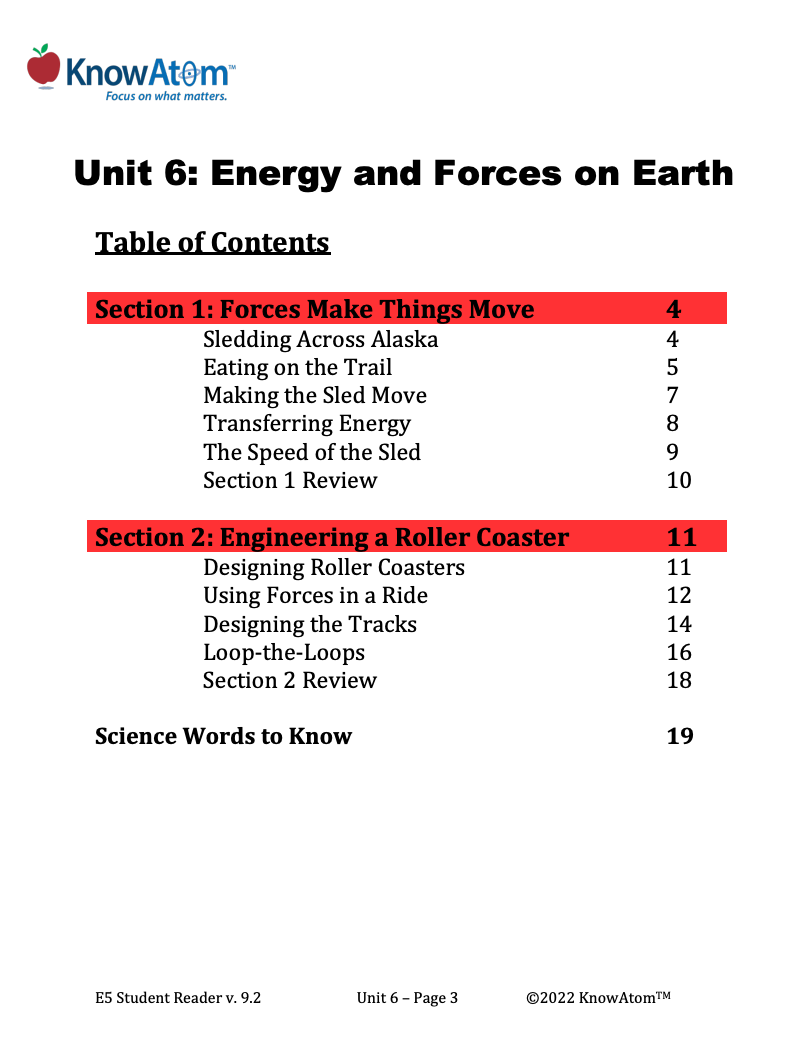
In this unit, students use sleds and roller coasters to explore the relationship between energy, forces, and motion. In this lesson, students apply what they know about energy and forces to engineer a roller coaster. This page is a high-level extract of this lesson.
Standards citation: NGSS Lead States. 2013. Next Generation Science Standards: For States, By States. Washington, DC: The National Academies Press. Neither WestEd nor the lead states and partners that developed the Next Generation Science Standards were involved in the production of this product, and do not endorse it.